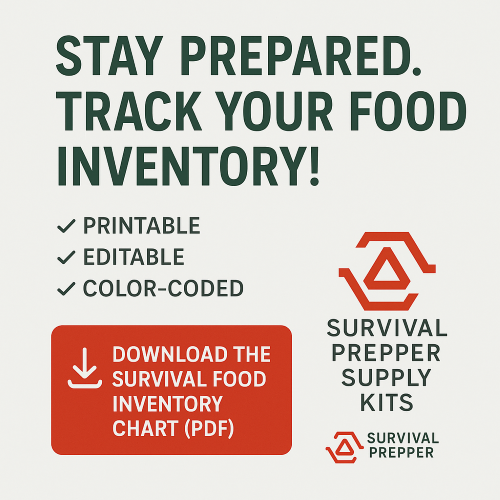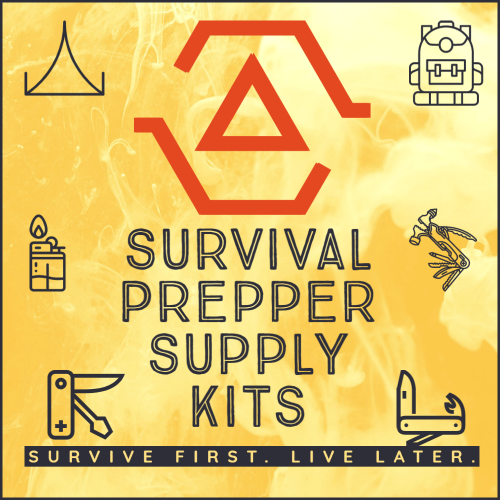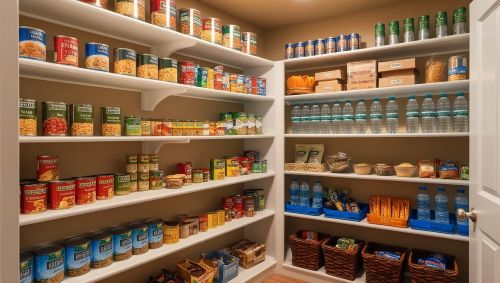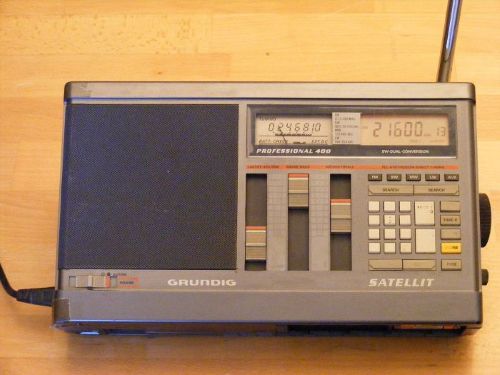Introduction to Food Inventory for Survival
I understand life’s unpredictability. We must be prepared for natural disasters, power outages, and other emergencies. This is crucial to being a good
A survival food inventory isn’t just about stocking up; it’s about strategic planning for when the convenience of a supermarket isn’t an option. Think of it as insurance for your nutritional needs. In the most basic sense, it guarantees sustenance when external circumstances disrupt the usual food supply routes.
Click here for the FREE Survival Food Inventory Chart PDF below so you can use it for your planning.
Read this: Month 1: The Food Security Challenge
This process involves thoughtful preparation before grabbing cans off the shelf or buying in bulk. You must balance nutrition, storage space, shelf life, and personal tastes. The better your planning, the more secure and less stressful your emergency response.
Assessing Your Food Inventory Needs
I start by recognizing that the amount of food I need in an emergency varies based on several factors, including the number of people in my household and the duration of my preparation. To get a handle on how much food to store, I have to answer two vital questions:
- ‘How long might I need to rely on this food supply?’
- and ‘How many calories will each person need daily?’
Sure, I consider the recommended calorie intake for an average adult, which is about 2,000 to 2,500 calories per day, but I also consider the demands of my household’s unique lifestyle. Do we have a high-energy toddler or a teenager in the throes of a growth spurt? (I don’t anymore!) What about the physical activity levels expected during a survival situation? Caloric needs could escalate quickly.
Related: Top Survival Foods with Long Shelf Lives
In addition to calories, I think about dietary restrictions like allergies or medical conditions that dictate a special diet. The last thing anyone wants during an emergency is a food-related health issue. I don’t forget to add comfort foods to boost morale, but I make sure these choices still meet my practical criteria for shelf life and storage requirements.
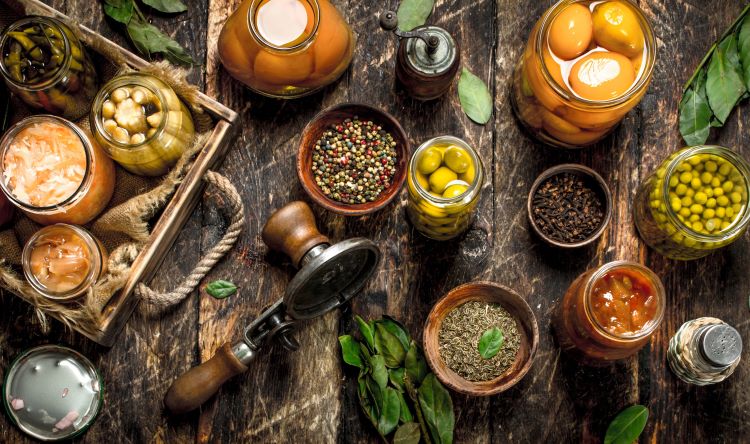
Choosing the Right Foods for Your Inventory
Selecting the right foods for your survival inventory isn’t just about what will last on the shelf; it’s also about nutrition and variety. When I decide on items to include, I prioritize long shelf life, minimal preparation requirements, and foods that can provide a balanced diet.
Canned goods are typically a safe bet due to their extended shelf life. I look for canned proteins like tuna and beans, fruits in natural juices, and vegetables with low sodium. Grains such as:
- rice,
- pasta,
- and powdered milk are staples in my inventory because they provide energy and essential nutrients.
Variety is more than the spice of life; it’s essential to avoid palate fatigue, which can be demotivating in survival situations. That’s why I mix in different flavors and types of food, including:
- dried fruits for sweetness,
- nuts for healthy fats,
- and a range of seasonings to keep meals interesting.
Another practice I stick to is ensuring food items are packaged to prevent spoilage and pests. I prefer foods that come in vacuum-sealed packaging, or I sometimes repackage bulk items in airtight containers. This helps organize the inventory and extends the shelf life of dry goods. When I bring home pasta and flour, I put them in the freezer to prolong their shelf life.
Related: Top 10 Survival Prepper Foods to Have on Supply in an Emergency
Inventory Management and Rotation
Managing and rotating your food inventory is about more than keeping track of what you have; it’s about ensuring the safety and usability of your supplies over time. To maintain order, create a system. A spreadsheet or a specialized app can help you log:
- each item’s expiration date,
- purchase date,
- and quantity.
Consistency in this process is crucial.
Adopt the first in, first out (FIFO) principle. This means you use the oldest items first, reducing the risk of expiration and waste. It sounds obvious, but it requires diligence.
Physically organize your storage area to facilitate this method. Keep older items at the front and add new purchases to the back. It ensures you automatically reach for the older stock first.
Schedule inventory checks regularly. This isn’t a one-time task. Mark your calendar for at least a quarterly review to catch potential issues before they become problems.
If you notice something nearing its end date and it’s not on the menu soon, get creative. Incorporate it into your meals or donate it if it’s still safe for consumption.
Survival Food Inventory Maintenance
Maintaining your food inventory isn’t a one-time task; it’s a commitment to ensuring your preparedness over time. Regular inspections should be scheduled to examine the condition of stored items and expiration dates. Here’s how I manage these crucial activities:
First, I circle dates on my calendar for periodic checks. About every six months, I review each item, scrutinizing for signs of spoilage or damage. Items nearing expiration are moved to the kitchen for immediate use, while those with a longer shelf life stay in storage.
Replenishing your stock immediately after use is critical. This keeps your inventory complete and ready for any unexpected situations. When I use something from my inventory, I make a note to replace it during my next grocery run. It’s easier this way than facing a large restock all at once.
When it comes to potential infestations, prevention is my motto. I store grains and similar items in airtight containers, making it more difficult for pests to invade. If I discover an infestation, I remove everything from the storage area, clean thoroughly, and inspect all items before returning them to their place. Putting your flour and wheat items into the freezer for a few days will greatly help to kill these critters.
Good inventory maintenance ensures that what you have will be safe and effective when you need it most. With these steps, you’ll know that your food supply will support you whenever needed. With maintenance down to a routine, you can focus on enhancing your inventory’s longevity and reliability—topics I’ll cover in the next section.
Advanced Tips and Tricks
Beyond the basics, you can take your food survival inventory to the next level. Start by exploring home canning:
- preserving your fruits,
- vegetables,
- and even meats in jars.
This way, you have control over what goes into your food, and it’s incredibly satisfying to see your pantry stocked with jars of nourishing goods you’ve prepared yourself.
Another technique to consider is dehydrating food. Removing moisture reduces the likelihood of bacterial growth, thus extending shelf life. Imagine having a drawer full of:
- dried fruits,
- jerky,
- and herbs that can last years!
Vacuum sealing is a game-changer for any serious survivalist. Not only does it extend shelf life dramatically, but it also keeps your food compact and easy to store. It’s perfect for keeping:
- grains,
- nuts,
- and other pantry staples fresh and ready for use.
If you’re tech-savvy, management systems can help you track your inventory easily. With the right app, you can receive alerts for approaching expiration dates and even plan meals based on what you have on hand.
Do you have your food inventory plan? What unique ways do you employ for your food storage? I’d love to know! Please reply in the comments section to assist others in their planning.
